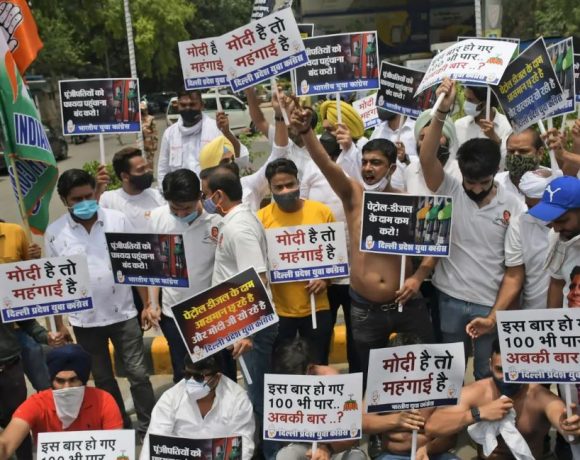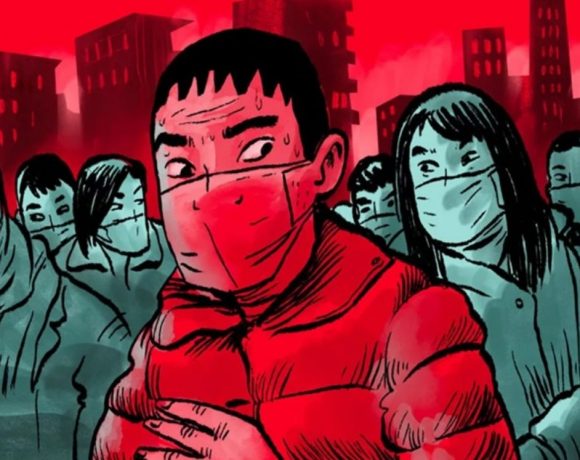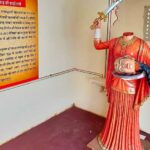Stagflation, a risk India must guard against
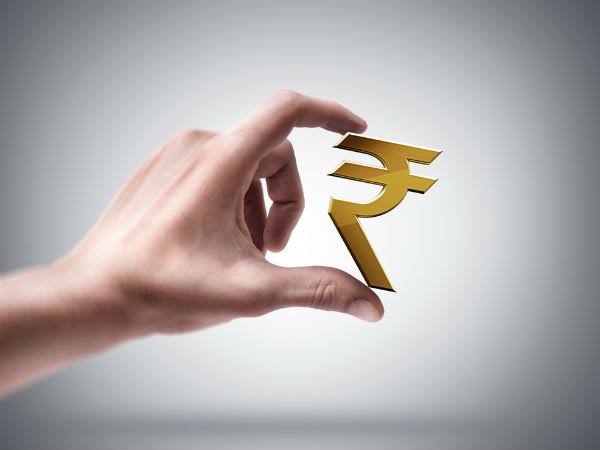
Article by
V.P. Nandakumar is MD & CEO of Manappuram Finance Ltd.
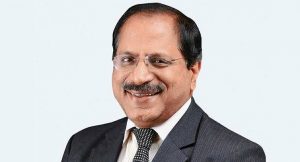
Former Prime Minister Dr. Manmohan Singh, writing in The Hindu newspaper in November 2019, had warned about the imminent risk of stagflation facing the economy. At the time, India’s economic growth was slowing down. Nearly a year later, we are staring at a contracting economy. Interestingly, back in March 2013, when Dr. Manmohan Singh was the Prime Minister, Mr. C. Rangarajan, who was then Chairman of the PM’s Economic Advisory Council, had co-authored a paper titled `Growth or Austerity: The Policy Dilemma’, giving the exact same warning that India’s economy faced the risk of stagflation.
Of course, it may be argued that India’s recent shift from a trend of decelerating growth to one of outright contraction is the direct consequence of the outbreak of Covid-19 and the extraordinary measures such as lockdowns taken to contain its spread. However, the slowdown in GDP had begun well before the onset of the pandemic. In its last policy review, the RBI had forecast India’s GDP growth would be “negative” in FY21 (due to prolonged lockdown), the first instance of economic contraction since the 1991 liberalisation. After independence, India has observed negative GDP growth in a total of five years, 1958 (-1.21), 1965 (-2.64%), 1966 (-0.05%), 1972 (-0.5%), and 1979 (5.2%). Bear in mind that GDP growth in the pre-liberalisation period averaged just 3.9% over 45 years, while the recent average (over the last 25 years) is over 6.5% annualised growth.
What is stagflation
An economy is stated to be in stagflation when inflation runs high and the growth stuck at low levels. The Indian economy has now faced eight consecutive quarters of slowing growth since mid-2018. For long, the conventional view among economists was that there is a stable inverse relationship between inflation and unemployment. They argued that inflation should be considered tolerable because it meant the economy was growing and unemployment would be at low levels. Their belief was that an increase in the demand for goods and services drives up prices, which in turn encourages firms to expand and hire additional employees, creating additional demand throughout the economy.
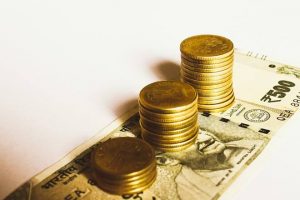
The simultaneous occurrence of high inflation along with low or stagnant economic growth (i.e. stagflation), challenges the conventional view that inflation helps an economy operate at full capacity. Historically, stagflation first arose in the mid-1970s, when the US economy faced a prolonged slump accompanied by high unemployment and rising inflation. The trigger was the announcement of an oil embargo by the Organization of Petroleum Exporting Countries (OPEC) in October 1973. By the end of the embargo in March 1974, the price of oil had risen nearly 300 percent from US$3 per barrel to nearly $12 globally.
As oil prices reached new heights, productive capacity was severely disrupted. The US Federal Reserve tried to address the situation by cutting interest rates and boosting money supply, but the sharp increase in oil prices drove the prices of everything else higher (cost-push inflation). According to the theory in vogue at the time, inflation should have had an inverse relationship with unemployment and a positive relationship with economic growth. However, as it turned out, the 1970s was an era of both rising prices and rising unemployment. The slowdown in economic growth was the consequence of the cost-push inflation set off by high oil prices.
India’s growth woes
The current episode of slowdown in the Indian economy beginning in 2018 can be attributed to a lack of consumer demand which leads to lower utilisation of existing manufacturing capacity, and further, to lower employment. Incidentally, the year 2018 is also when the NBFC sector in India ran into major headwinds following the default by IL&FS, until then a highly rated NBFC engaged primarily in financing infrastructure projects. Considering that India’s banking sector has been reeling for many years under a deluge of NPAs, it was actually the NBFCs that had picked up the slack to drive much of the incremental credit growth in the country.
Strictly speaking, falling demand and lower growth calls for greater spending by the government and a cut in interest rates by the central bank to resuscitate the economy. But stagflation essentially ties their hands and renders them incapable of taking such countercyclical policy steps. If the central bank decides to inject fresh money into the economy, either by cutting its benchmark interest rate or other unconventional means, it could lead to further rise in prices and make things worse. A similar rise in inflation would follow if the government engages in deficit spending that is funded by the RBI (i.e. monetising the fiscal deficit). All this is bad news at a time when the economy is not functioning at its full capacity, with significant unemployed resources. The dilemma is that if the slowdown in growth persists for long, it will dent the incomes of the people. On the other hand, higher inflation will likely lead to a reduction in our standard of living as people are able to afford less.
Some economists suggest that policymakers should stop worrying about inflation and instead focus exclusively on boosting aggregate demand in the economy. They consider the RBI’s target of holding inflation below 6 percent as an arbitrary target and recommend that the central bank should further ease its policy stance in tandem with the government spending more on infrastructure and other sectors to boost the economy. Some other economists see the severe fall in consumer demand as the natural consequence of a credit-fuelled boom that had to come to an end sooner or later. They advocate supply-side reforms to bring about genuine economic growth by increasing productive capacity operating at higher efficiency levels as to bring down costs and increase affordability.
India’s economy is placed in a difficult position currently. Income levels are stagnant, and household consumption is slowing. People are dipping into their savings to maintain their usual consumption. In this scenario, if inflation continues to increase along with stagnant demand and high unemployment, we will likely head into ‘stagflation.’ This is a dangerous territory from which large economies would find it difficult to extricate themselves.
India is now a $3-trillion global economic powerhouse driven largely by private enterprise. The slowing down of the Chinese economy and its exports have opened up opportunities for greater export to Indian firms. Further, international investors continue to repose faith in India’s economic prospects and have invested record sums of money as FDI and FPI, thanks to which our forex reserves are at record highs. This is a major comfort for India as it seeks to garner an elephant’s share of this newly opened-up export opportunities by fostering a climate of economic dynamism. With global oil prices at comfortable lows, we have a once-in-a-generation opportunity to catapult India to a higher orbit of economic development and thereby create jobs for the millions who enter our workforce each year.
Pic Courtesy: google/ images are subject to copyright


